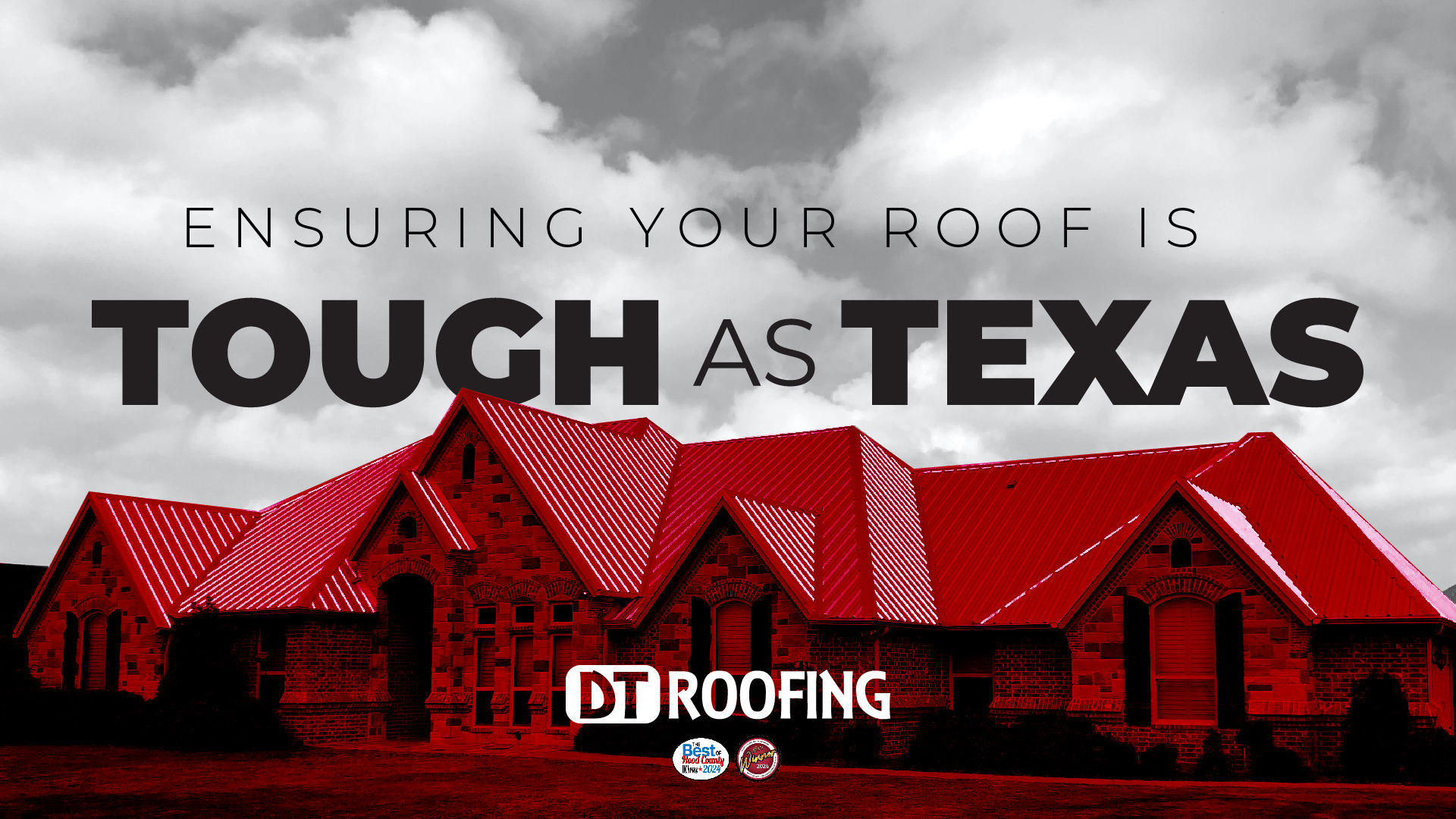
Hail Damage Insights Every Homeowner Should Know
Understanding the Real Impact of Hail on Your Roof
Living in Stephenville, TX, you’ve probably witnessed firsthand how unpredictable Texas weather can be. Among the most damaging weather events to affect homeowners in the region is hail. While a quick glance at your roof after a storm might not show much, hail can cause substantial, often hidden damage that compromises your roof’s performance and longevity.
How Hail Damages Roofing Systems
Hailstones come in varying sizes and densities, but even those the size of marbles can wreak havoc on roofing materials. They can bruise or crack asphalt shingles, displace granules, and expose the fiberglass mat underneath—accelerating aging and increasing vulnerability to moisture. If your home has metal roofing or gutters, hail can dent surfaces and weaken fasteners, reducing structural integrity.
What many homeowners don’t realize is that hail damage isn’t always immediately visible. That’s why regular inspections after storms are essential. Even a minor crack can eventually evolve into a leak, leading to costly interior damage.
Why Prompt Action Matters
Ignoring hail damage, even if it seems superficial, can lead to compounding problems. Moisture can seep into the underlayment and decking, creating the perfect environment for mold, rot, and interior leaks. Over time, this can affect insulation, drywall, and even your home’s foundation if left unaddressed.
Timely inspections by professionals trained to identify hail damage can save thousands in future repairs. If caught early, repairs might suffice. But in cases where damage is widespread, a roof replacement may be necessary to restore full protection.
Partnering With the Right Roofing Professionals
Working with a certified and experienced roofer is key. DT Roofing offers expert hail assessments in Stephenville, TX, and can provide clear, detailed documentation of any damage discovered. This information can also support your homeowners insurance claim and ensure you’re not left covering repair costs out-of-pocket.
DT Roofing’s designation as a Top 100 Roofer by Roofing Contractor magazine is a testament to their high standards. Their team works closely with leading manufacturers to provide durable, impact-resistant materials that withstand Texas weather.
What to Expect During a Hail Inspection
A comprehensive hail damage inspection includes:
- Roof surface assessment: Inspecting for soft spots, granule loss, punctures, or cracks.
- Flashing and vent review: Ensuring sealants and flashings haven’t been compromised.
- Gutter and siding check: Looking for dents, clogs, or signs of water overflow.
- Attic inspection: Searching for hidden moisture, mold, or insulation damage.
Roofing professionals may also take photos and use drones or infrared tech to detect subsurface damage—tools that ensure nothing is missed.
The Insurance Process Simplified
Many policies cover hail damage under standard homeowner’s insurance, but the claims process can be daunting. Reputable roofing contractors like DT Roofing often assist clients by meeting with insurance adjusters, providing repair estimates, and guiding documentation efforts to streamline approval.
Preventative Tips for Future Storms
While hail is inevitable, its impact can be minimized by:
- Choosing hail-resistant shingles or metal roofing with a high impact rating.
- Ensuring proper attic ventilation and insulation to reduce thermal cracking.
- Keeping trees trimmed to avoid branches falling during storms.
- Scheduling annual roof inspections before hail season begins.
Protect Your Home Before the Next Storm
Hail damage might start small, but the consequences of neglecting it are far-reaching. With professional help, you can safeguard your home, file insurance claims with confidence, and enjoy peace of mind knowing your roof is storm-ready.
Read also our blog: When Wind Damage Means a Full Roof Replacement












